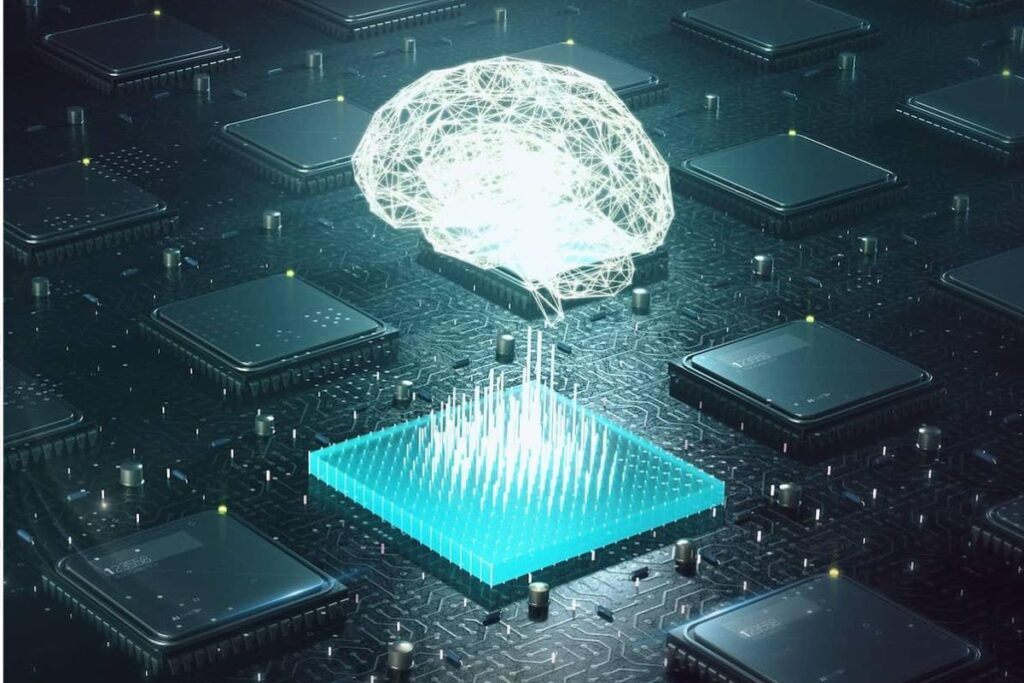Neuromorphic computing is at the forefront of a technological revolution, imitating the brain’s intricate neural architecture. Have you ever wondered how machines could think more like humans? This exciting field utilizes spiking neural networks (SNNs) and event-driven processes, creating chips that not only process data efficiently but also adapt in real-time. As our reliance on technology grows, understanding neuromorphic computing becomes crucial for grasping the future of artificial intelligence and machine learning.
In this article, we will delve into the fascinating world of neuromorphic chips, exploring how they work, their potential applications, and the benefits they offer over traditional computing systems. You’ll discover why these innovative devices are not just a passing trend but a significant shift in how we approach computation and data processing.
What Are Neuromorphic Chips?
Neuromorphic chips are specialized processors designed to emulate the way the human brain operates. Instead of relying solely on conventional binary computing, these chips utilize a structure that mimics neural connections. By doing so, they enable machines to process information more intuitively and efficiently.
These chips leverage spiking neural networks (SNNs), which communicate using spikes, similar to how neurons in the brain transmit signals. This method allows for more nuanced processing, making them particularly adept at handling complex tasks that require real-time decision-making.
How Does Neuromorphic Computing Work?
You might be curious about the mechanics behind this groundbreaking technology. Neuromorphic computing operates through an event-driven model, which means it processes information only when changes occur, rather than continuously. This energy-efficient approach drastically reduces power consumption.
Here’s how it works:
Applications of Neuromorphic Computing
The potential applications for neuromorphic chips are vast and varied. Industries are beginning to harness this technology in several innovative ways:
The Benefits of Neuromorphic Chips
You may wonder why neuromorphic computing is gaining such traction. Here are some compelling reasons:
As you can see, the advancements in neuromorphic computing are not just theoretical. They’re actively reshaping how we interact with technology, paving the way for smarter, more efficient systems that closely mimic human thought processes. The future of technology is indeed promising, and neuromorphic chips are leading the charge.




